The Ugala Theatre in Viljandi opened its doors for the first time in 1981. Since then, it has developed into an institution that houses everything from children’s performance to international classical music. The architects from R-Konsult, who had originally designed the building, were commissioned to renovate the extraordinary venue.

Facts & Figures
Project name: Theatre Ugala, Viljandi, Estonia
Architects R-Konsult architects, Irina Raud, Anna Temmo, Erkki Tammeleht
Client Theatre Ugala
Year of completion 2016
Used products Terca ceramic bricks Red Smooth and customised designed bricks, Terca ceramic brick slips and corners Red Smooth
Building type Public
Published in architectum #28

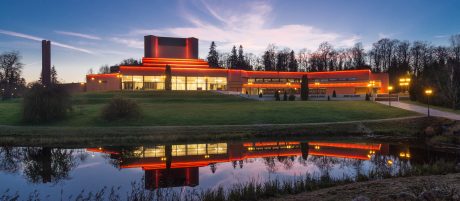
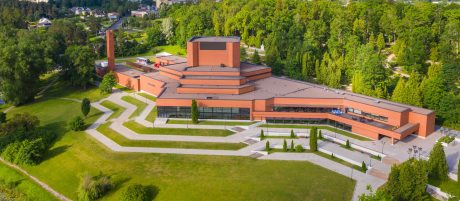
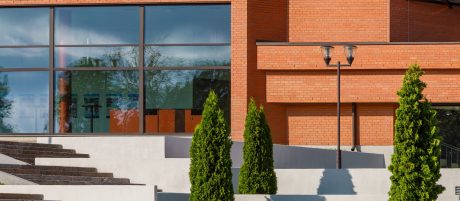
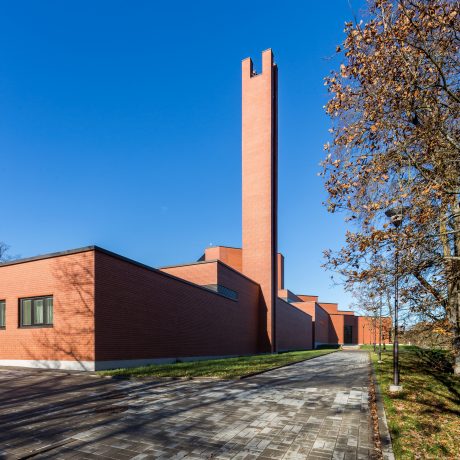
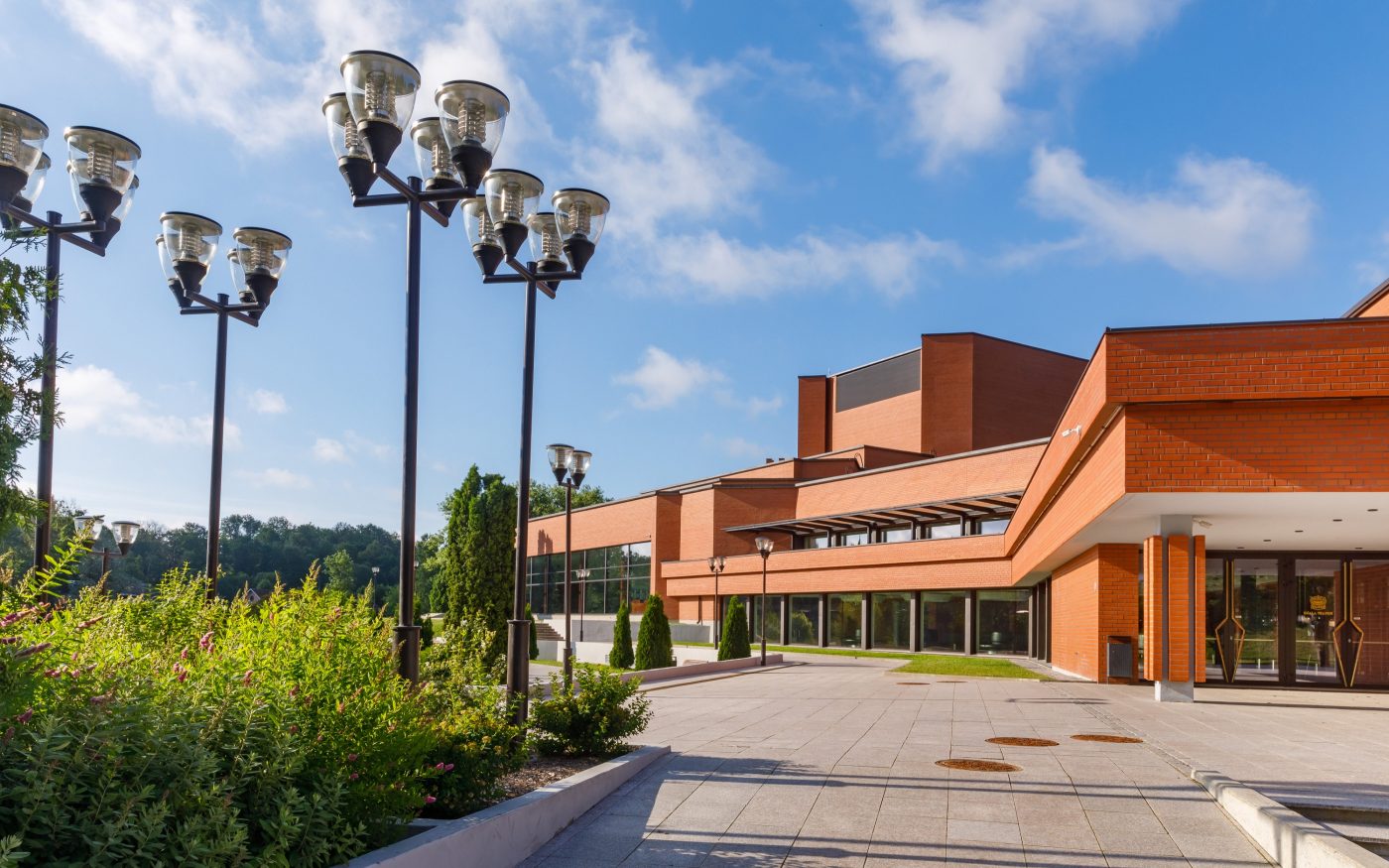
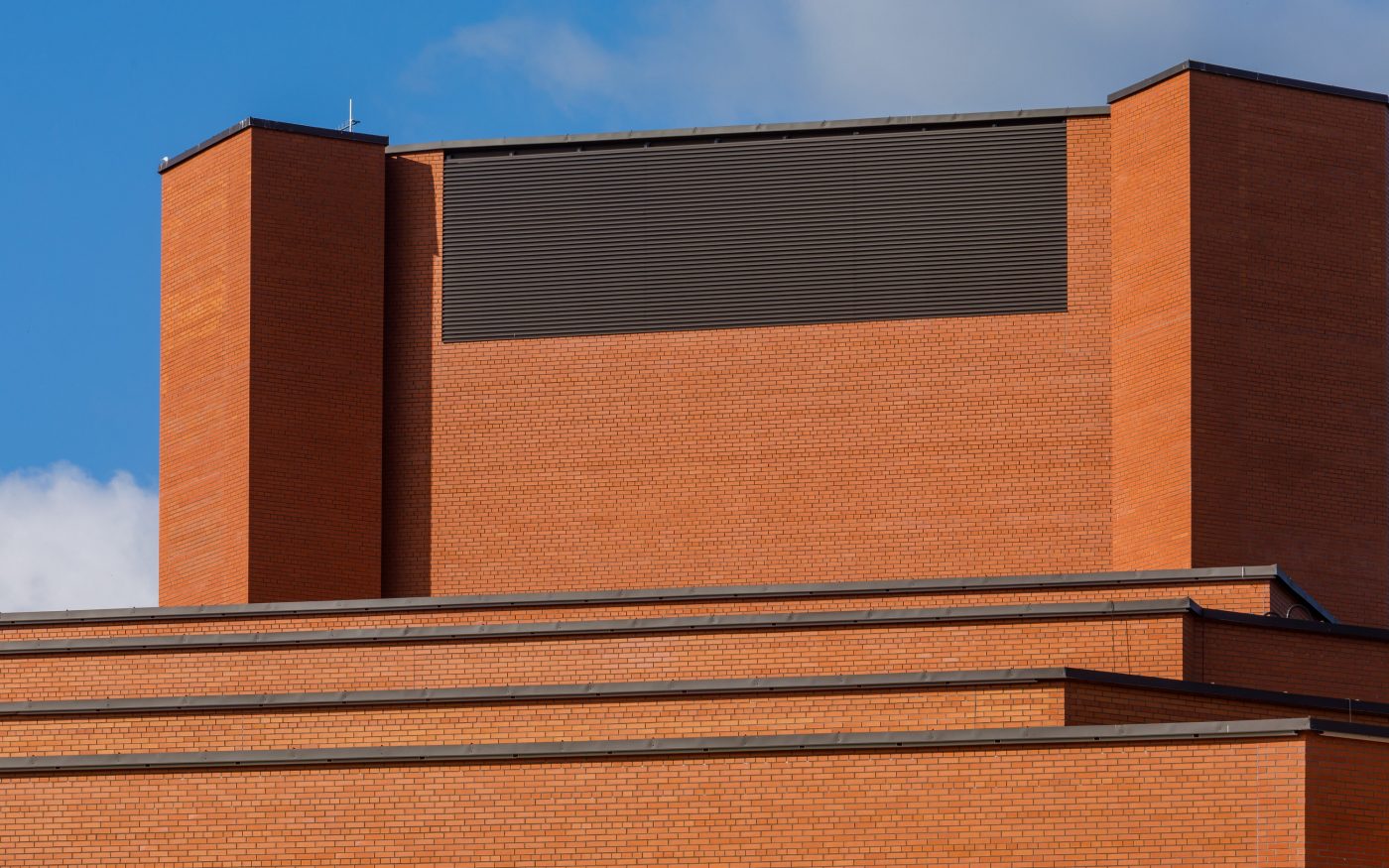

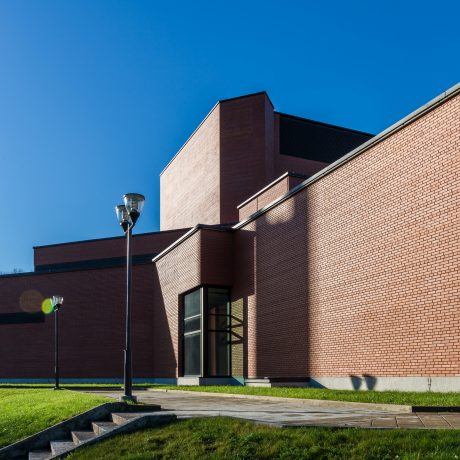
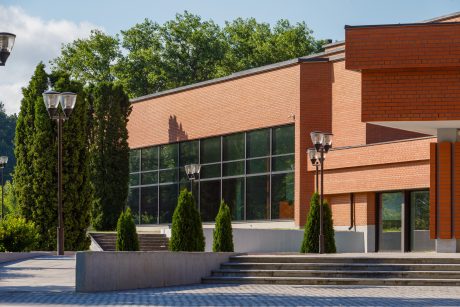

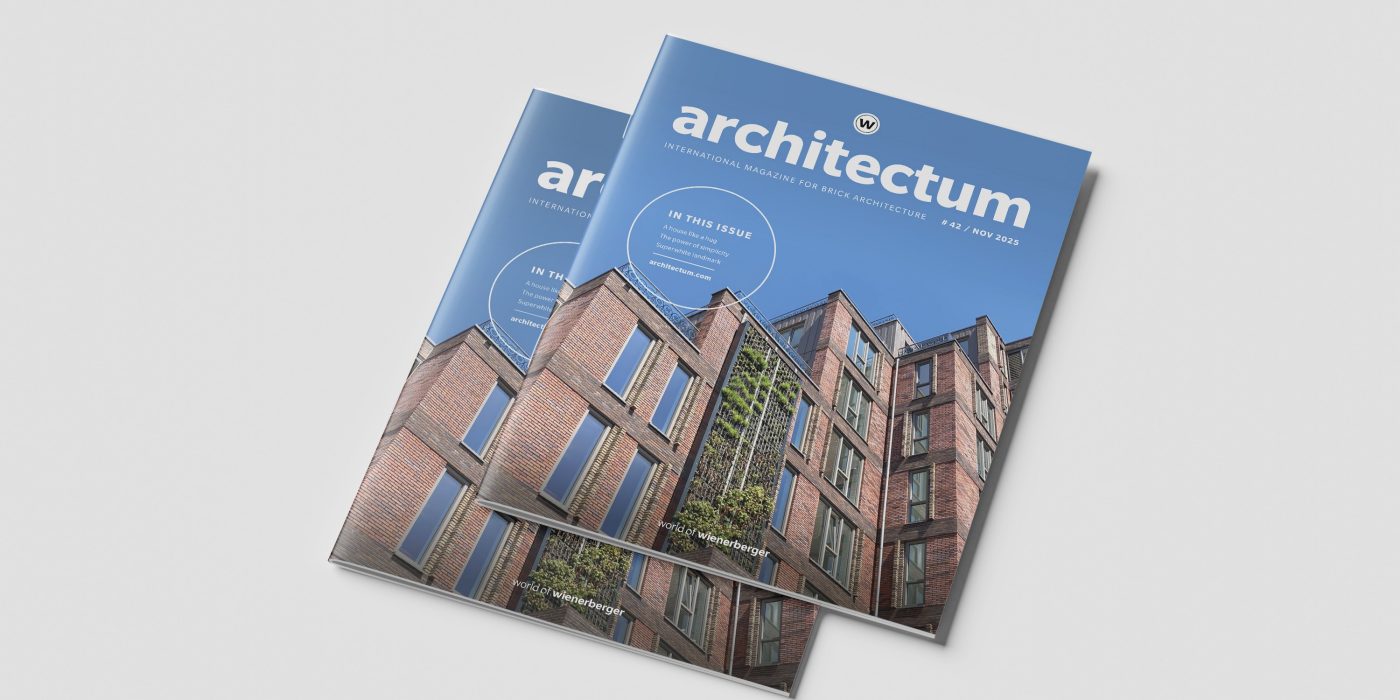

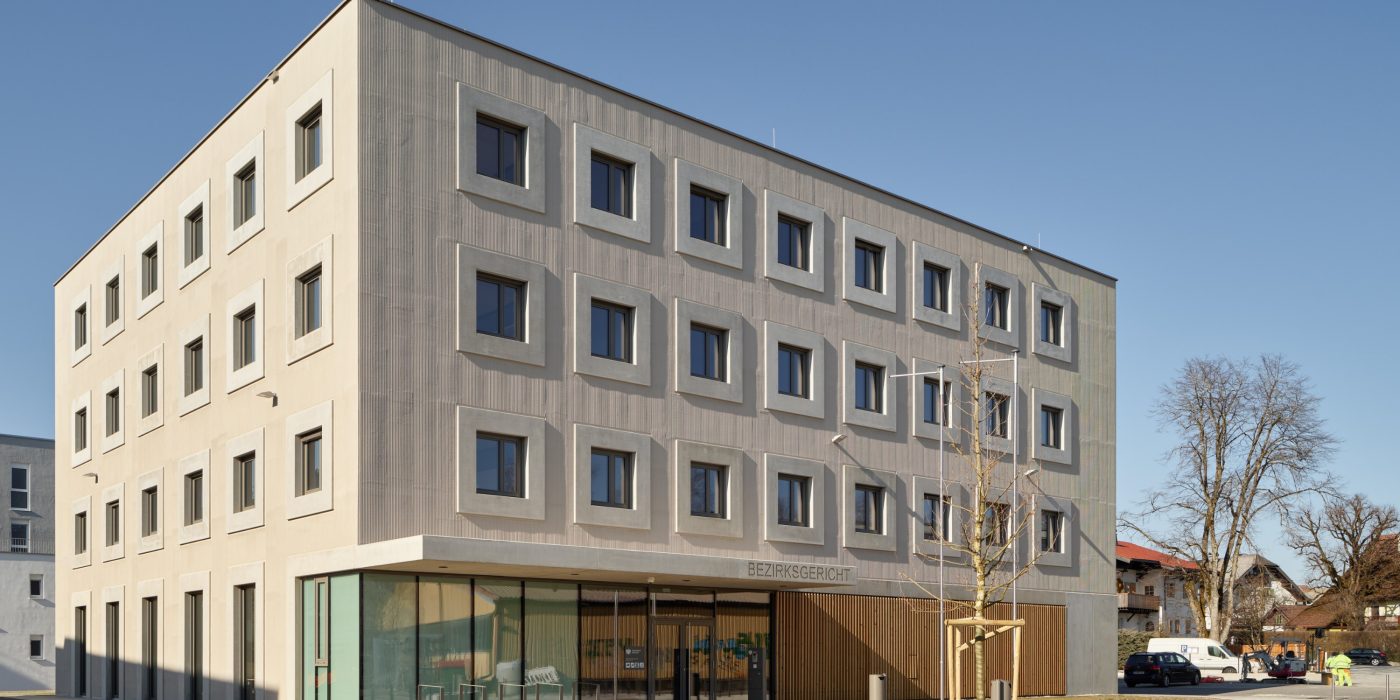

.jpg)
.jpg)